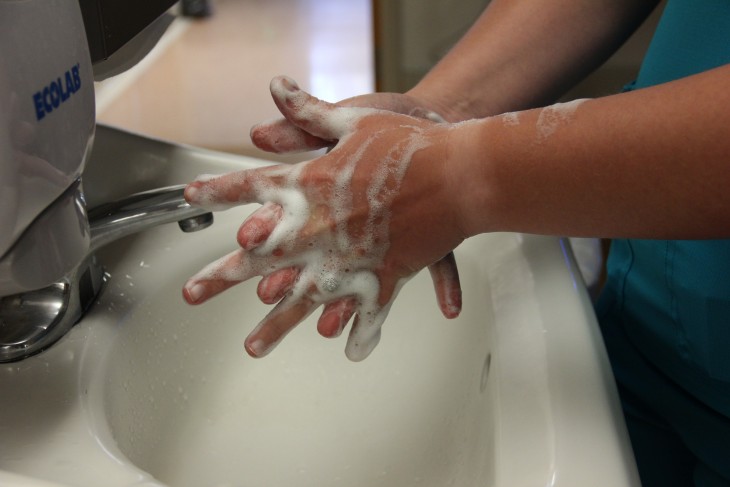
Ensuring Proper Hand Hygiene
The World Health Organization (WHO) has declared May 5 as World Hand Hygiene Day to encourage all healthcare workers to practice good hand hygiene and for the public to join them in their efforts. In recognition of Hand Hygiene Day, here are some related facts and guidelines that will ensure your hands are clean, which is an important step in preventing illness and the spread of germs.
For proper handwashing, follow these five simple steps, as recommended by WHO and the Centers for Disease Control and Prevention (CDC):
- Wet. Put your hands under warm or cold clean, running water and apply soap (enough to cover all hand surfaces).
- Lather. Rub your hands together palm to palm and then lather the backsides, between your fingers, and under your fingernails.
- Scrub. Do this for at least 20 seconds. To help keep track of the time, hum or sing the “Happy Birthday” song twice from beginning to end.
- Rinse. Place your hands back under the water and rinse them thoroughly.
- Dry. Use a clean towel or air dry your hands.
Using soap and water is the best method for ensuring your hands are clean and germ free, and is the only way to effectively remove visible dirt, etc. Hand sanitizer that contains at least 60 percent alcohol is another great option. Simply apply the alcohol-based sanitizer to the palm of one hand in the amount indicated on the product label; cover all surfaces, including fingers; and rub until dry.
At Bayhealth, we are driven to safeguard proper hand hygiene for staff, patients and visitors. We follow these and other guidelines provided by the CDC and WHO that pertain specifically to hand hygiene in healthcare settings. Our Infection Prevention Specialists look for opportunities to educate on hand hygiene in the hospital and in the community. One method they use to teach proper hand hygiene techniques is a product called Glo Germ™. This will reveal how well people did with handwashing by simulating germs on the hands. If hands are not properly washed, any missed areas will glow under an ultraviolet lamp.
Visit cdc.gov, who.int/en/, and apic.org for more about hand hygiene, including when you should wash your hands, and for other tools and resources.
